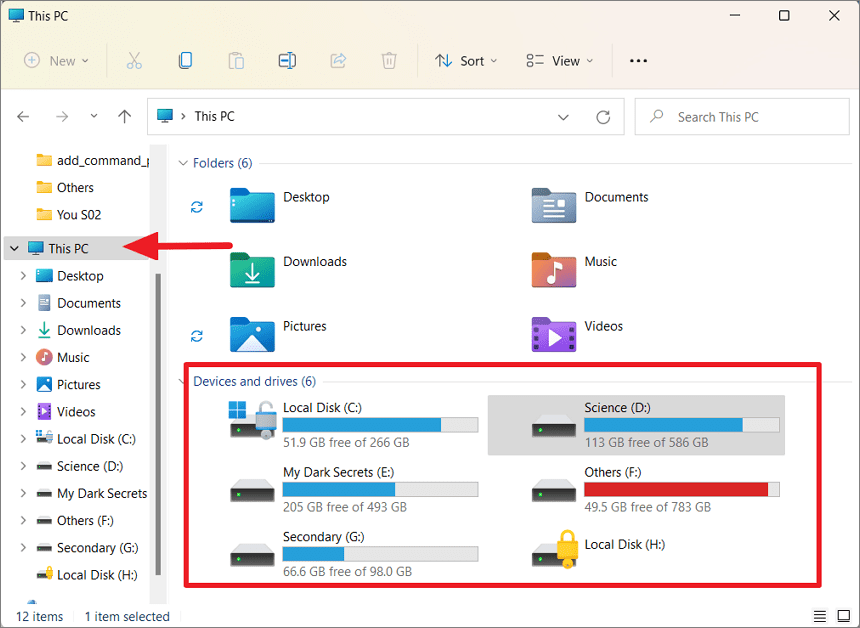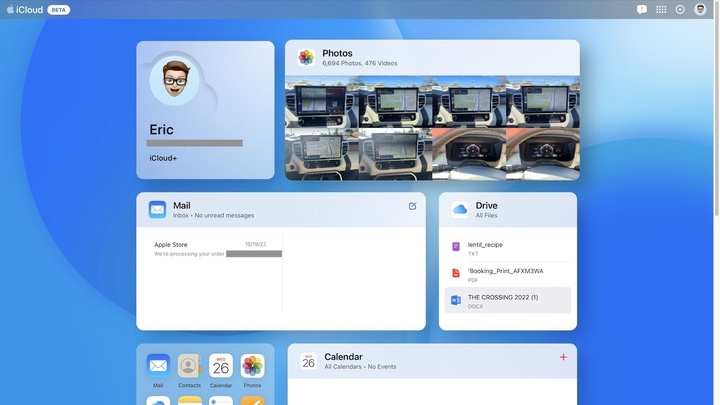How to Get More Storage on PC and Laptop (5 Solutions)
Are you constantly playing the “What Can I Delete Today” game from your PC or Laptop? Well, now is the time to break free from the shackles of storage and give your device the breathing space it deserves. Let’s look at five great solutions to expand your digital horizons and get more storage on your PC or laptop.
The External Hard Drive
Think of an external hard drive as a backpack for your digital life. It’s portable, comes in a variety of sizes, and can store everything from your vacation photos to that indie game collection you’ve been amassing. Simply plug it into your USB port and expand storage instantly!
Cloud Storage
It’s like an invisible storage locker that follows you everywhere. Services like Google Drive, Dropbox, and OneDrive offer a chunk of free storage, with the option to upgrade if your digital collection is more than a library can accommodate. Bonus? You can access your data from any device with the internet.
Internal Hard Drive or SSD Upgrade

Image Source: allthings.how
Upgrading your internal hard drive or switching to a solid-state drive (SSD) is like giving your device a heart transplant. It’s a little more complicated than plugging in an external drive, but the performance boost and extra space is like a double shot of espresso for your PC or laptop.
Network-Attached Storage (NAS)
Imagine having your own mini-cloud at home. A NAS device is just like that. It’s a storage hub that connects to your home network, allowing multiple devices to access and store files. It’s like having a digital library at home, without the late fees.
USB Flash Drives
USB flash drives are the key to the digital world. They’re small, portable, and perfect for transferring files or giving your device a little storage pick-me-up. They may not hold your entire movie collection, but they’re perfect for the essential files you need on the go.
Conclusion
Gone are the days of playing digital Tetris with your files. With these five solutions, you can expand your storage and breathe easy, knowing there’s enough room for all your digital treasures. So go ahead, embrace the space, and never let “low storage” warnings hinder your digital style.
FAQs
- Will using an external hard drive slow down my computer? No way! It’s like having a second closet for your stuff. It does not affect the speed of your main server (your computer).
- Is cloud storage safe? Safe like a locked treasure chest! Reputable cloud services use encryption and security measures to keep your digital treasures safe.
- SSD or HDD: Which is better for internal storage? SSDs are like sports cars: fast and smooth. HDDs are like minivans: more space, but not as zippy. If you want speed, get an SSD. If you want more space for your money, HDD is best.
- Can USB flash drives be used for long-term storage? They can, but they’re best for transferring files or short-term storage.
- How much storage can a USB drive hold? USB drives come in various storage capacities, ranging from as little as 2GB to as much as 2TB. The most common sizes are 16GB, 32GB, 64GB, 128GB, and 256GB.
- Can I run programs from a USB drive? Yes, some programs can be run directly from a USB drive without installation on the host computer. These are often known to as “portable” applications.






